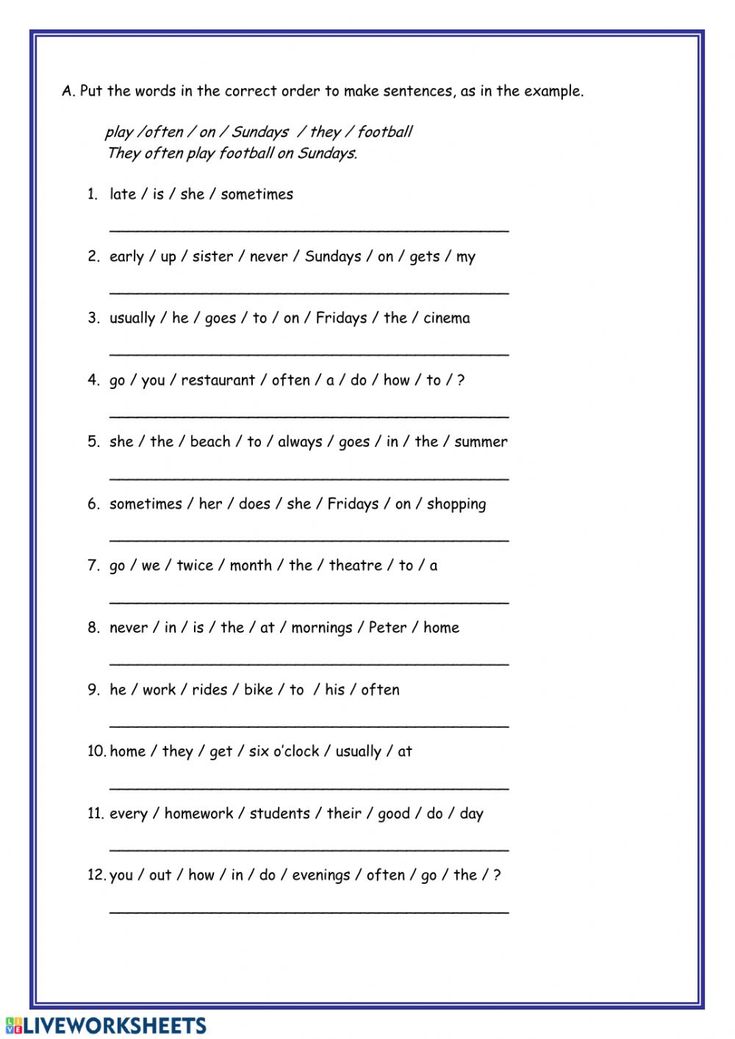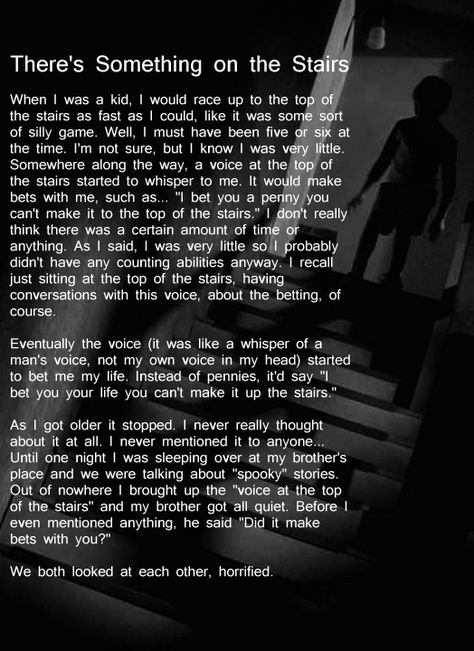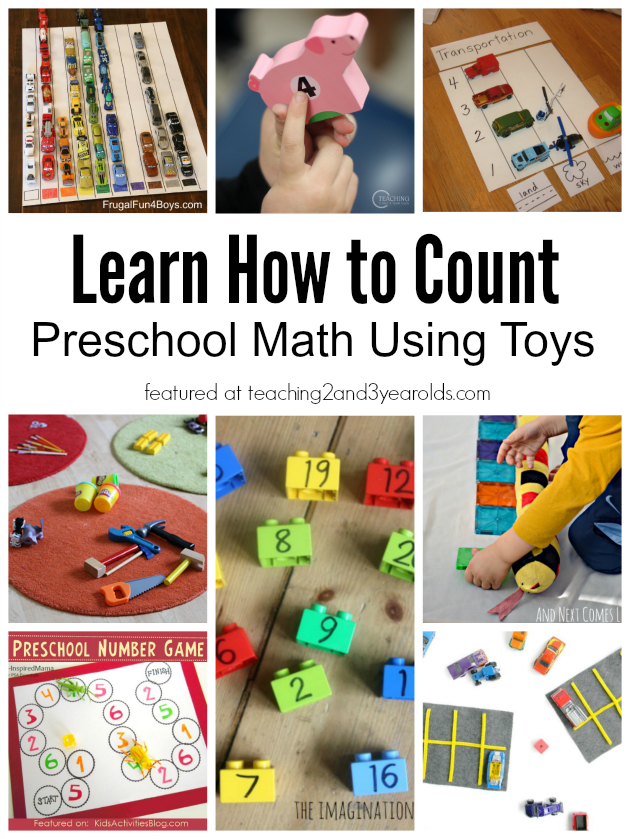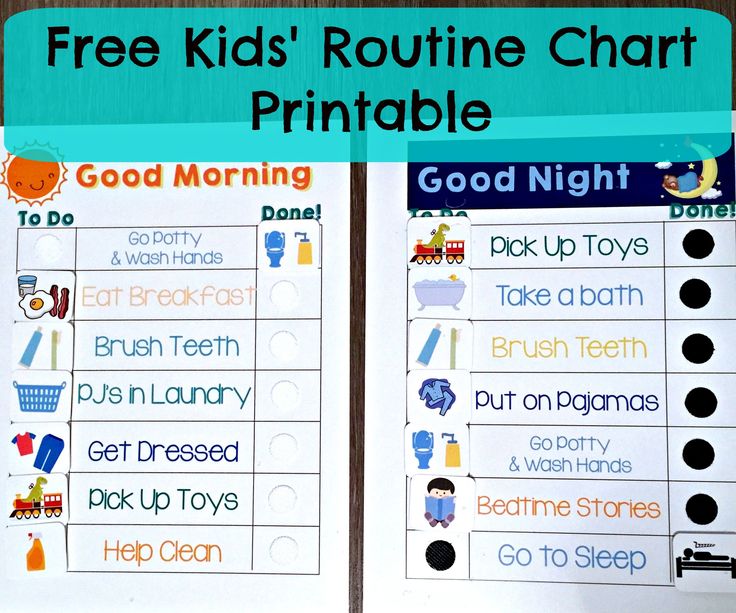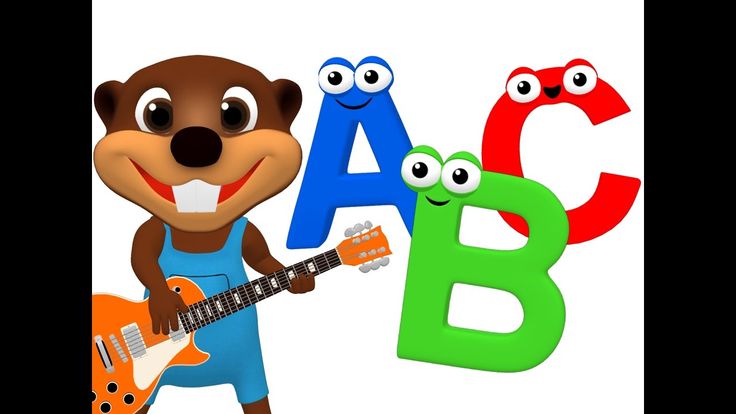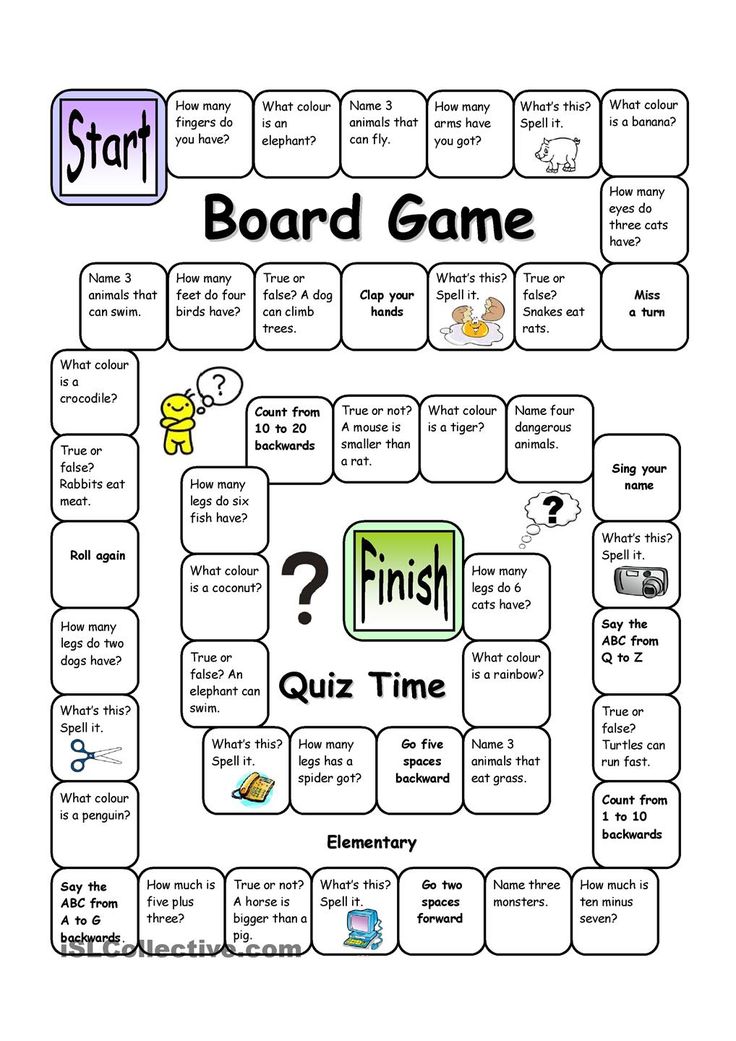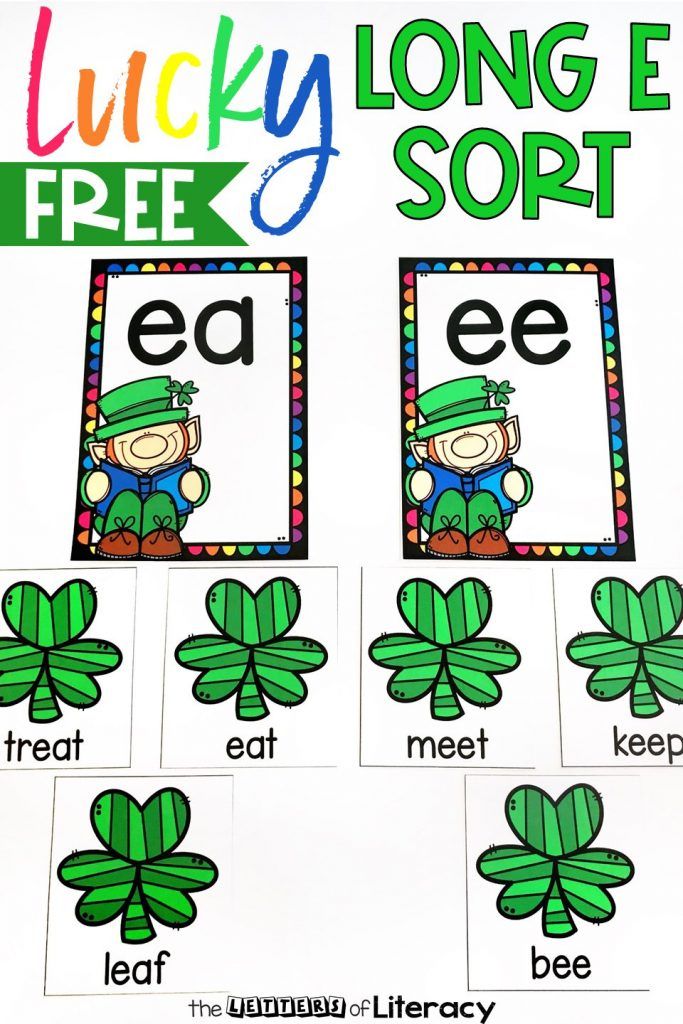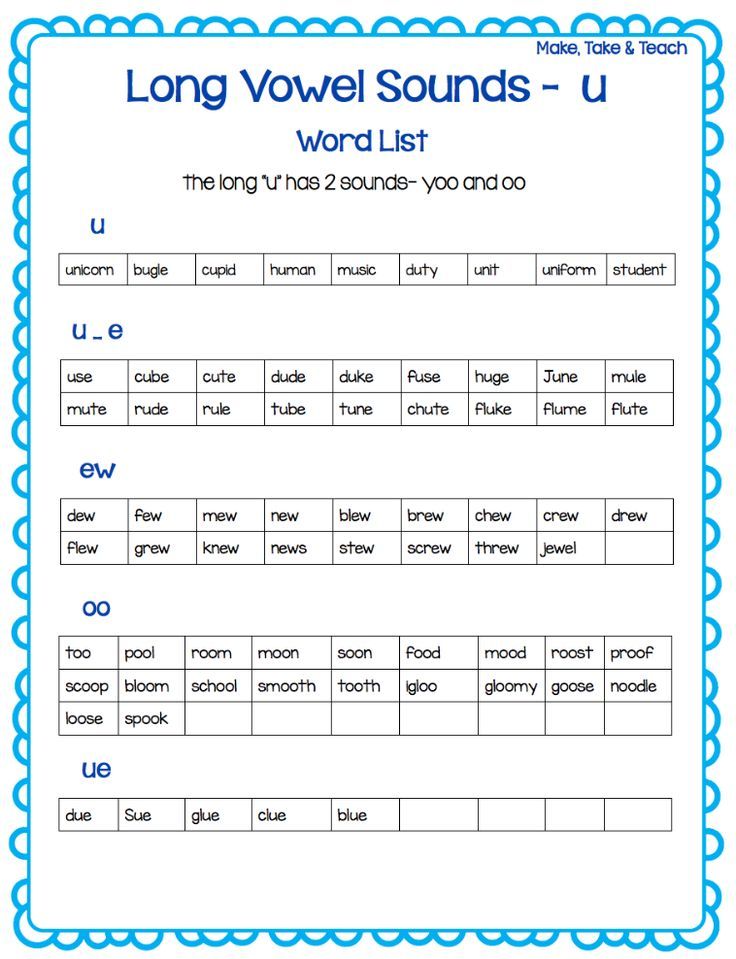Book lexile scores
Introduction - Reading and Lexile Scores
What is a Lexile Score?
A Lexile score is a standard score that matches a Grade 1-12 student’s reading ability with the difficulty of the reading material.
When the reader's score and that of the reading material are the same, the student is expected to read with 75% comprehension – difficult enough to be challenging without undue frustration and to encourage reading progress.
Scores range from 200 to 1700.
Lexile measures are a measure of text difficulty. They do not address age-appropriateness, student interest or the quality of the text.
Google does not use Lexile scores, and while in the past Google Advanced Search used to rate websites as beginning, intermediate or advanced reading level - Google no longer offers this feature. However, an alternative way to search and obtain results with reading levels marked is here: Choosito.com Search.
This site http://www. lexile.com/ will let you enter your lexile level range and find a list of books that not only meet your lexile requirements, but your interests, i.e. social issues or technology, and your age range. However, the age range is limited to 18 years and younger. You can also see if a particular book is listed to learn the lexile level.
Sample Lexile Texts
Examples of Reading Levels
This Lexile map shows texts matched to levels of reading ability. The literature titles and reading selections are examples that range from 200L to 1700L on the Lexile scale.
Lexile Grade Level
Lexile-to-Grade Correspondence
Student's Guide to Lexiles
This guide gives Grades 1-12 students practical information about Lexiles—what they are, what they mean, and how students can use them to find reading materials that match their reading abilities and interests.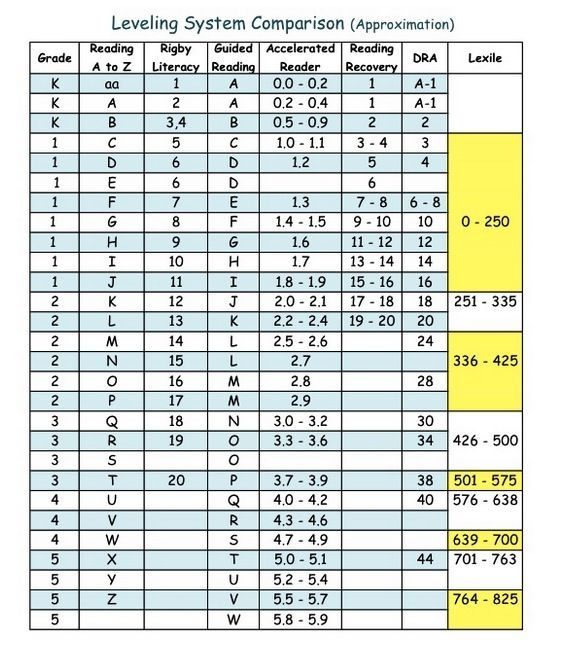
Perhaps you already recognize the term “Lexile” as the reading level number for an article in an EBSCOhost database search. Or maybe you know that a Lexile is a measure of your reading ability based on your score from a reading test. But do you know what the number really means?
How Can Lexiles Help Me Find Reading Materials?
Lexiles can help you find books and articles based on your individual reading ability and interests. For example, if you are a 980L reader, you should be able to read and understand most texts at this level. It is best to find materials within a range of 100L below and 50L above your Lexile measure. Texts below 980L will be easier to read; texts above 980L will be more challenging.
I don’t know my Lexile measure. Can I get a Lexile measure from EBSCOhost, based on the magazines I like to read?
If you or your teachers do not know your actual Lexile measure, you can use a school library or public library EBSCOhost database to estimate your reading ability.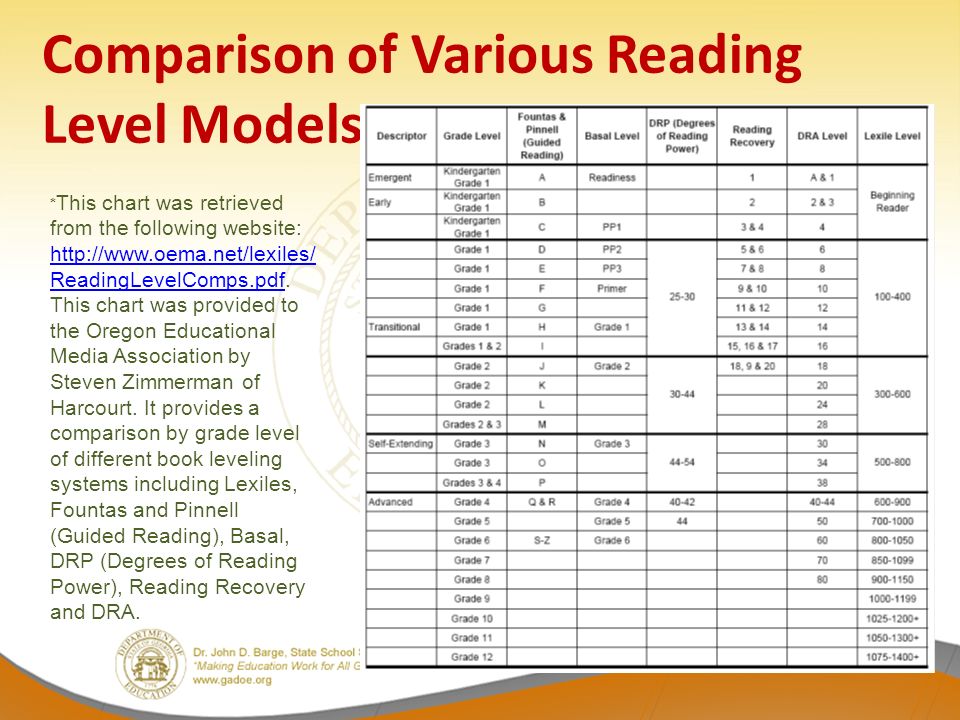 Log into EBSCOhost on your library’s computer and choose a database with Lexiles, such as Primary Search, Middle Search Plus
or MAS Ultra. On the Basic Search screen, check Full Text, then type in a magazine name in the Publication field. Click Search. EBSCOhost will bring up all of the articles from that magazine. Each article will have a different Lexile measure, which will give you a general idea of the magazine’s reading level.
Log into EBSCOhost on your library’s computer and choose a database with Lexiles, such as Primary Search, Middle Search Plus
or MAS Ultra. On the Basic Search screen, check Full Text, then type in a magazine name in the Publication field. Click Search. EBSCOhost will bring up all of the articles from that magazine. Each article will have a different Lexile measure, which will give you a general idea of the magazine’s reading level.
Lexile Framework for Reading GL Education Group (April 14, 2011)
Examples of Reading Levels (Framework)
This Lexile map shows texts matched to levels of reading ability. The literature titles and reading selections are examples that range from 200L to 1700L on the Lexile scale.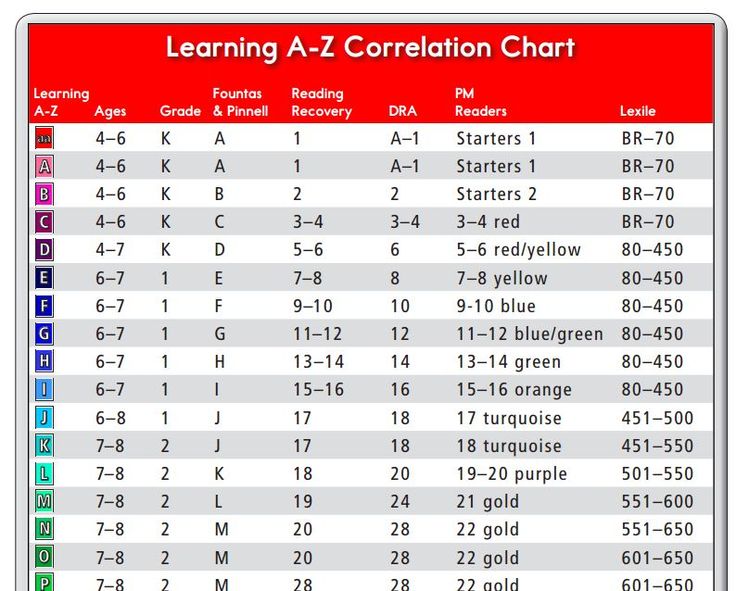
Lexile Framework for Reading for Parents and Educators
The educators and researchers at MetaMetrics created the Lexile Framework for Reading to transform the world of education with a research-driven, scientific system to help all readers navigate the path to success in school, college and careers.
Reading
QR Code
Scan the above QR Code with your QR code reader to access this page on your mobile device.
Through the Lens of Lexiles
Gina Massengill, M.Ed., Coordinator, VDOE Region 5 TTAC @ JMU
Regardless whether a student aspires to postsecondary education, a job, the military, or just to be an informed citizen, the reading ability required is likely to be higher than what is typically required in high school based on texts that are widely used in this country (Williamson, 2004).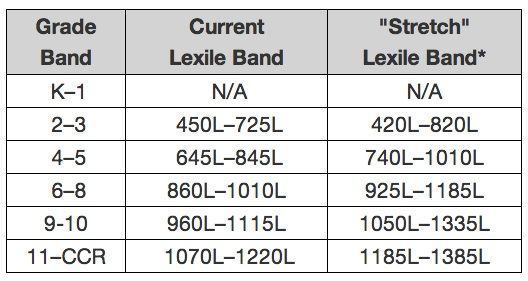
Have you ever thought about what the reading demands are for your students beyond high school? Or better yet, do you feel that they are equipped to meet the demands of what they are required to read as citizens, employees, post-secondary education learners, and/or in their personal activities? Would you like to have valuable understanding into your student’s readiness for these reading demands, like to predict the level of comprehension they need to experience success with these texts, and have a valuable tool for teachers, parents, and students that connects your students reading ability level and how difficult those texts are with a common measure? The Lexile® Framework for Reading, a scientific approach to reading measurement that matches readers to text, provides this.
What is a Lexile Measure?
- A standard score developed by MetaMetrics®
- Include two kinds of measures: the Lexile reader measure and the Lexile text measure. Students receive a Lexile reader measure as a score from a reading test – it describes his or her reading ability.
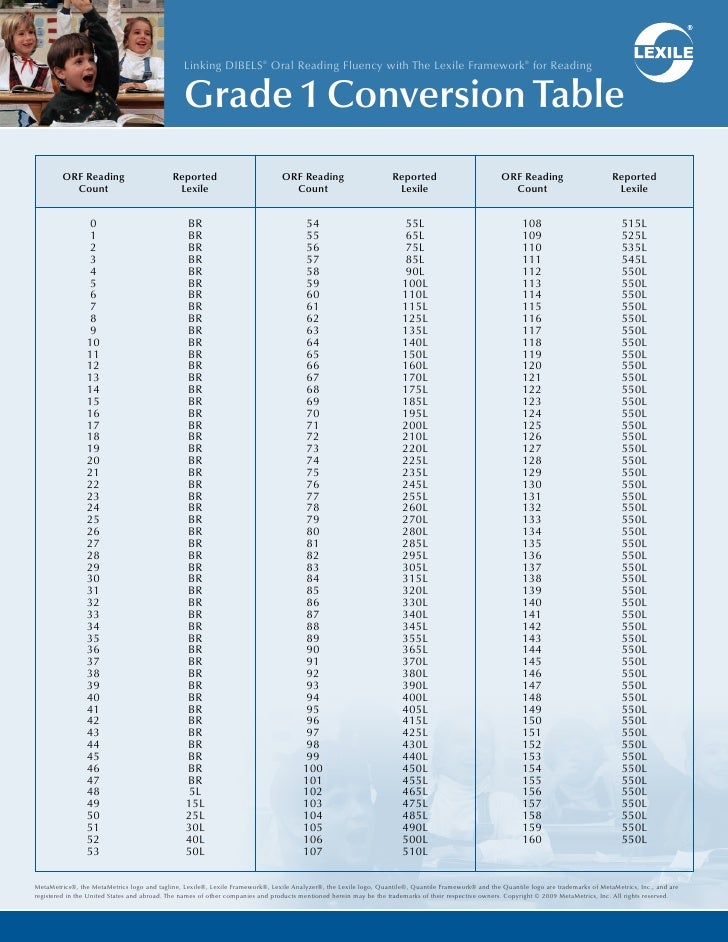 Books and other texts receive a Lexile text measure from a software tool called the Lexile Analyzer – it describes the book’s reading demand or difficulty (The Lexile® Framework for Reading, 2012)
Books and other texts receive a Lexile text measure from a software tool called the Lexile Analyzer – it describes the book’s reading demand or difficulty (The Lexile® Framework for Reading, 2012) - Lexile measures are included in the Stamdards of Learning (SOL) score reports
- A score interpreted as the level of book that a student can read with 75% comprehension - 75% comprehension is the level identified by experts as offering the reader a certain amount of comfort and yet still offering a challenge
- The most widely adopted reading measure in use today
- Available for tens of thousands of books and tens of millions of articles
- Available by all major standardized test to report student scores in Lexiles
- Part of reading and testing programs at district, state, and federal levels (Williamson, 2004).
What is the Lexile Scale?
- Lexiles typically range from 200 for beginning readers to 1700 for advanced readers
- Lexile text below 200 represents beginning-reading material, and a student’s Lexile score may have a number in the 100s or the code of BR.
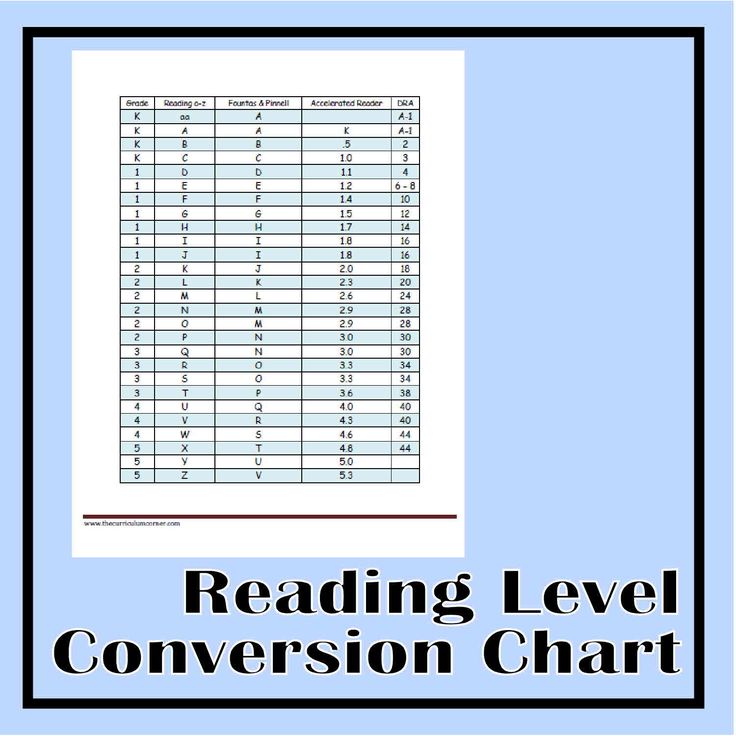 BR is a code that stands for Beginning Reading.
BR is a code that stands for Beginning Reading. - Applies to both reader ability and text difficulty
- When reader and text measures are the same, the student is expected to read with 75% comprehension
- Can be used to track reading growth over time
(Georgia Department of Education, 2012)
What are the reading demands of the post-secondary world according to Lexile Measures?
Median Text Measures (Williamson, 2004):
- 11th/12th grade (LA/SS textbooks): (1090L)
- GED Test Materials: (1060L)
- SAT/ACT Test Materials: (1180L)
- Military (training/field manuals): (1180L)
- Citizenship (newspapers, voting, jury): (1230L)
- Workplace (Daggett study materials): (1260L)
- Postsecondary - first two yrs.
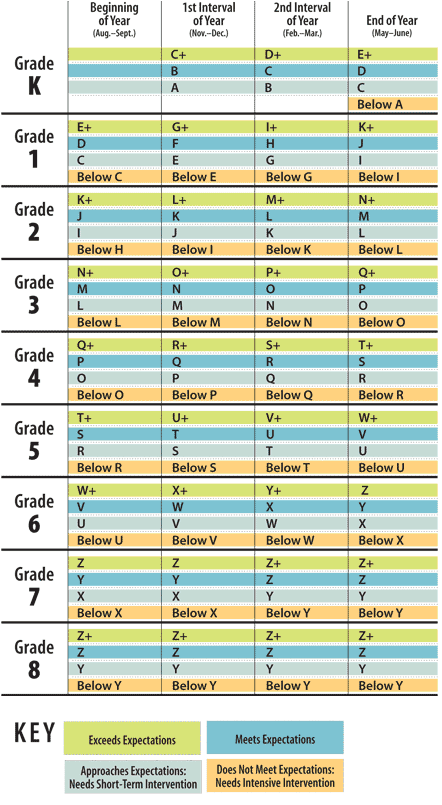 (textbooks): (1355L)
(textbooks): (1355L) - University (1395L)
- Community College (1295L)
Newspapers (Daggett, 2003):
- USA Today (1200L)
- Associated Press (1310L)
- Chicago Tribune (1310L)
- Wall Street Journal (1320L)
- Washington Post (1350L)
- NY Times (1380L)
- Reuters (1440L)
Personal Reading - Citizen Reading Materials (Williamson, 2004):
- CD-DVD Player Instructions (1080L)
- GM Protection Plan (1150L)
- Microsoft Windows User Manual (1150L)
- Installing Your Child Safety Seat (1170L)
- Federal Tax Form W-4 (1260L)
- Application for Student Loan (1270L)
- Medical Insurance Benefit Package (1280L)
- Aetna Health Care Discount Form (1360L)
Entry-level Occupational Reading Materials - Career Clusters (Daggett, 2003):
- Agriculture/Natural resources (1270-1510)
- Architecture/Construction (1210-1340L)
- Arts/AV Technology/Communications (1100-1190L)
- Business and Administration (1210 – 1310L)
- Education and Training (1320-1370L)
- Health Science (1260-1300L)
- Hospitality and Tourism (1230-1260L)
- Human Services (1050-1200L)
- Law and Public Safety (1420-1740L)
- Manufacturing (1200-1310L)
- Retail/Wholesale Sales and Service (1180-1270L)
- Scientific Research/Engineering (1190-1250L)
- Transportation, Distribution and Logistics (1170-1350L)
An examination of K–12 texts using Lexile levels reveals a gap of 65L to 230L between the demands placed on high school seniors and the difficulty of postsecondary texts.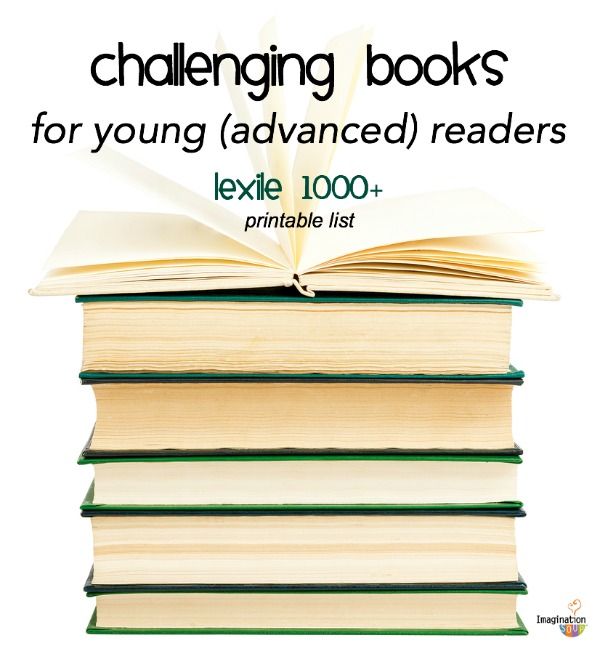 Texts required for many postsecondary pursuits fall within a Lexile range of 1200L to 1400L, while the text complexity of typical high school textbooks for grades 11 and 12 is about 1050L to 1165L. This research provides valuable insight into the apparent disconnect when high school graduates encounter college and career texts. To put this gap in perspective, a 250L difference between reader ability and text complexity can cause a drop from 75-percent comprehension to 50-percent comprehension. This means that high school seniors who can successfully read twelfth-grade texts may enter college or the workplace several months later and encounter texts that result in less than 50-percent comprehension (Williamson, 2008).
Texts required for many postsecondary pursuits fall within a Lexile range of 1200L to 1400L, while the text complexity of typical high school textbooks for grades 11 and 12 is about 1050L to 1165L. This research provides valuable insight into the apparent disconnect when high school graduates encounter college and career texts. To put this gap in perspective, a 250L difference between reader ability and text complexity can cause a drop from 75-percent comprehension to 50-percent comprehension. This means that high school seniors who can successfully read twelfth-grade texts may enter college or the workplace several months later and encounter texts that result in less than 50-percent comprehension (Williamson, 2008).
How are your colleagues using Lexile levels to prepare students?
Linda Freeman, Speech Language Pathologist, Culpeper County Public Schools, VA
As a speech language pathologist (SLP), access to Lexile scores has helped me to understand how my students are functioning on unstructured reading tasks.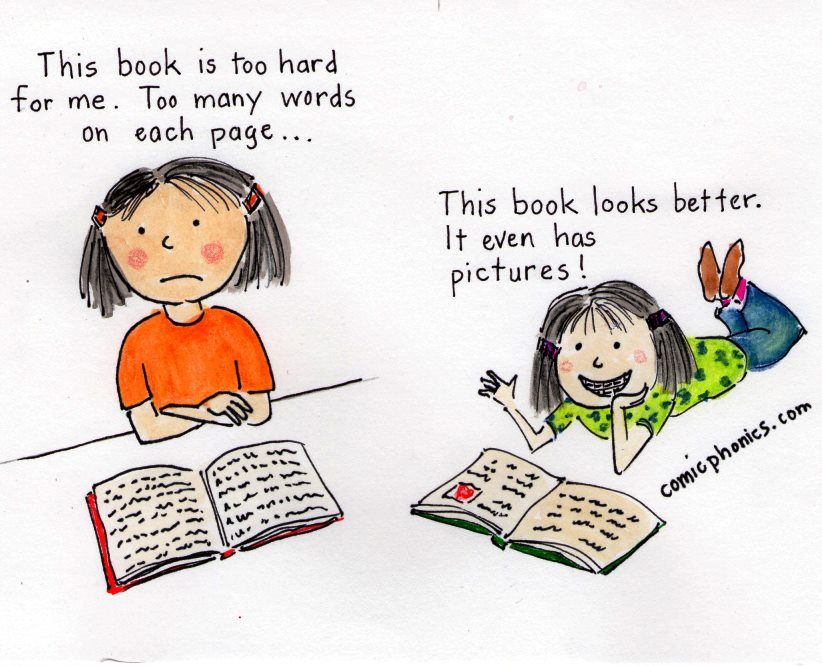 It has also helped to give me focus in how to help teachers address students language/reading needs within the classroom. I can take a handout or lecture, scan it into Lexile.com and get a Lexile equivalent. With that information, I can share with teachers how easy or difficult it would be for regular education students (performing above, at, or below grade level expectations) and special education students to decode that information. We can then work together to alter presentation of materials to enhance student understanding.
It has also helped to give me focus in how to help teachers address students language/reading needs within the classroom. I can take a handout or lecture, scan it into Lexile.com and get a Lexile equivalent. With that information, I can share with teachers how easy or difficult it would be for regular education students (performing above, at, or below grade level expectations) and special education students to decode that information. We can then work together to alter presentation of materials to enhance student understanding.
Testing is conducted three times a year at both the middle school and high school to monitor progress with all students. A team consisting of teachers, administrators, guidance counselors, and the SLP reviews the data from each testing session. Additional data such as grades, attendance, discipline, and SOL testing is also reviewed. After some initial trial and error, we are now able to get a good picture of which students need reading intervention, strategy intervention, or enhanced classroom instruction.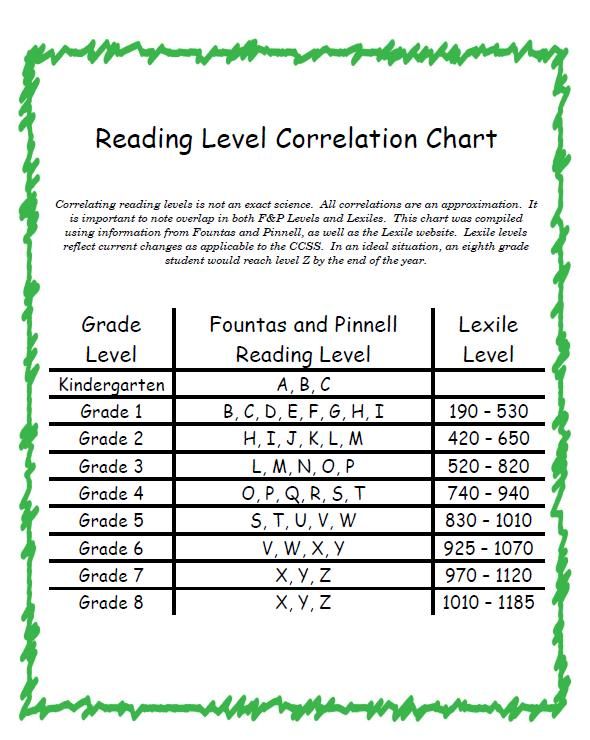 Meetings can be time consuming for all involved, but careful review helps to ensure proper placement for all students.
Meetings can be time consuming for all involved, but careful review helps to ensure proper placement for all students.
It seems that having access to Lexile information has affected everyone within the school. Teachers are now very aware of the ‘crack’ students. Meaning those students who participate in class, get average grades, and are too high for traditional reading intervention, but who are clearly not reading at grade level. There is new focus to try different things to get these kids over the hump.
As an SLP, my school involvement has grown exponentially. Initially, I really didn’t understand how I would be able to do anything different to help the ‘regular ed’ students within the classroom. Eventually, I came to realize that the SLP does possess a different skill set that CAN enhance classroom instruction. It’s not about the subject matter for me, it’s helping students learn how to ‘take apart’ a question in any environment, use context clues to help learn vocabulary or unfamiliar words, and think through problems to help increase their understanding of higher level material.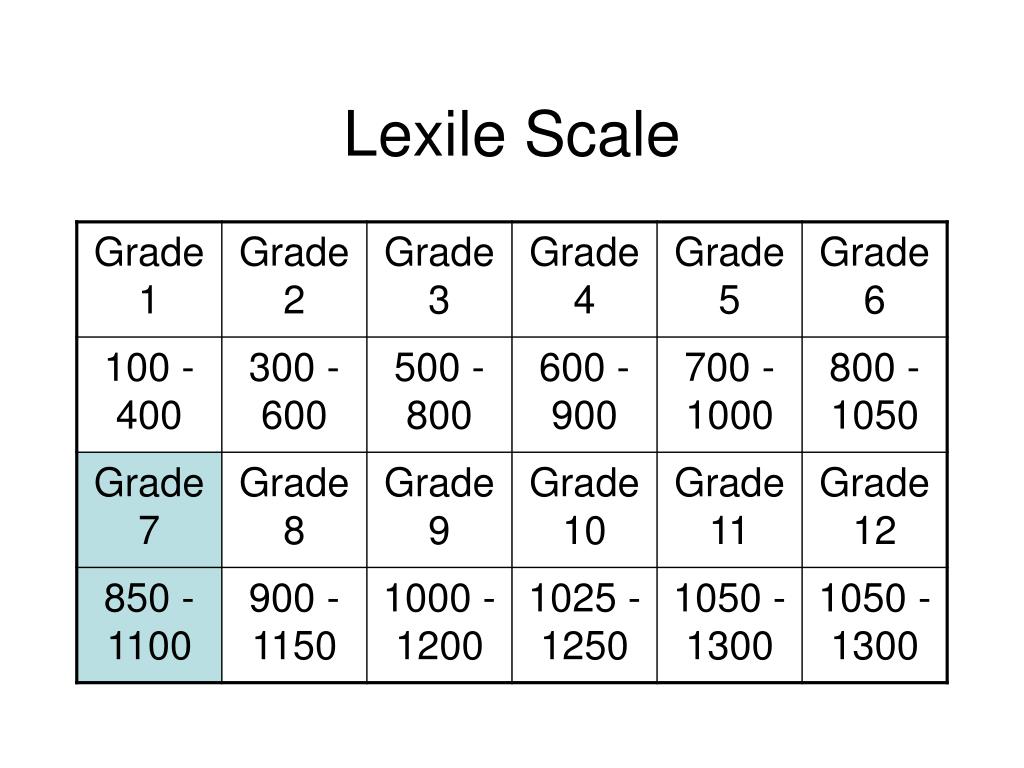
Sandra Bennett, High School Science Teacher, Culpeper County High School, Culpeper County Public Schools, VA
Being introduced to Lexile scores through the Content Literacy Continuum™ (CLC) has really helped my students and lowered my frustration level as well. I write my own lab background and instructions for labs and for one particular lab I could not understand why my students were struggling so with the pre-lab questions. These all had answers in the background write-up. What was the problem? Then we had professional development (PD) on Lexile scores and how to interpret our Scholastic Reading Inventory (SRI) scores using them. I used my lab background to check the level on the website and was shocked to learn that I was writing at about a 1700 level while my students’ average was around 1000.
The problem was immediately obvious. I had learned that the score was based on sentence length, use of complex words, repetition of words and such, so I decided I would try and bring the level down to one that was appropriate for the students I was teaching.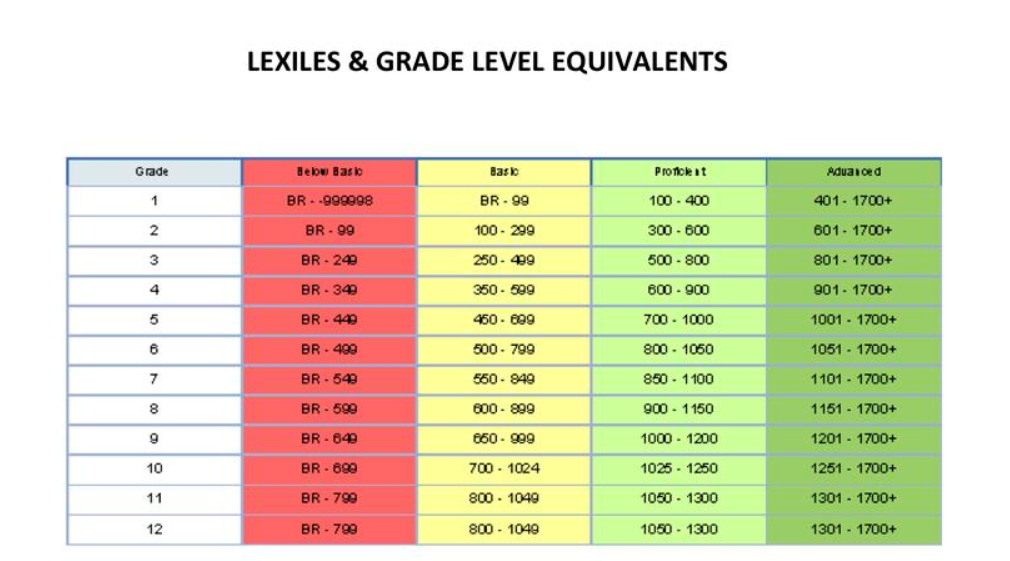 It took several tries to do it but I made two versions at two different levels: 1200 and 1000. The information is the same. The concepts are covered. There was such a change in the responses I was getting from my students when they used the “newer” versions. Students were answering questions completely and “getting it.” All it took was a bit of effort to use shorter sentences, repeat some of the definitions, and decrease the sentence complexity and both my students and I were happier.
It took several tries to do it but I made two versions at two different levels: 1200 and 1000. The information is the same. The concepts are covered. There was such a change in the responses I was getting from my students when they used the “newer” versions. Students were answering questions completely and “getting it.” All it took was a bit of effort to use shorter sentences, repeat some of the definitions, and decrease the sentence complexity and both my students and I were happier.
I used the higher-level lexile score version in my honors class and the general students used the one that is a bit less complex. I even took it one more step and created a lower score for one of my students who had a very low level. No one had to know they weren’t doing exactly the same work as everyone else since the papers appeared to be the same.
Since that first time, I routinely check whatever I write or use to make sure that I am challenging my students but not expecting them to read at levels far beyond their present one.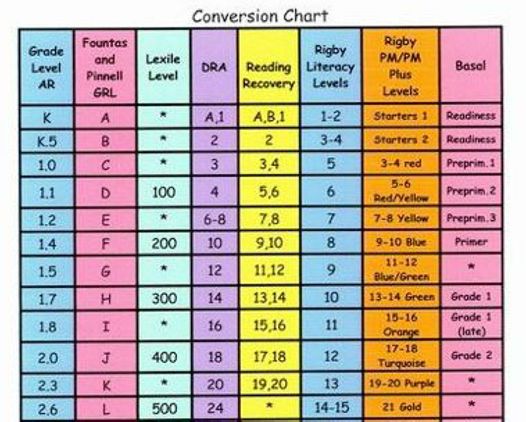 We do SRI testing three times a year so it is easy to check where my students are and adjust as needed.
We do SRI testing three times a year so it is easy to check where my students are and adjust as needed.
Cathleen Beachboard, 6th Grade English Teacher, Floyd T. Binns Middle School, Culpeper County Public Schools, VA
Everyday in the classroom I use Lexile levels to provide scaffolding for reading assignments, to help students choose books, and to make my classroom a place where reading flourishes. In the past, I found getting students to read daunting and forcing grade level material on them was not helping the matter. No one would ever walk into a shoe store and ask for a “sixth grade shoe.” Shoes are fitted according to each person and not all shoes will fit the same student. As I’ve learned, the same is true with books. No “sixth grade book” meets the needs of all sixth grade students because students are at various stages of development and knowledge in sixth grade. By knowing students’ Lexile scores, I as a teacher have the ability to match students to reading materials that appropriately challenge, but do not frustrate, each student.
Through the use of Lexiles, students can be monitored for their reading progress and matched to instructional materials at their level. When students read comfortably they are excited about reading and it encourages them to read more. By adapting the content I found out students are not only able to understand the material better, but they are growing in leaps and bounds in the area of reading comprehension. The most amazing thing is that students not only are starting to get excited about reading, but the individualized instruction is causing students Lexiles to increase quickly and dramatically. Students who were below basic in reading are quickly becoming grade level readers and I finally feel like I am truly helping my students succeed. Lexiles are the key to helping readers.
One of the most successful things I have done with the Lexiles in my class is used the students Lexile scores to motivate students to read more. I show students the giant chart of professions from the real world like doctors, lawyers, scientists, etc.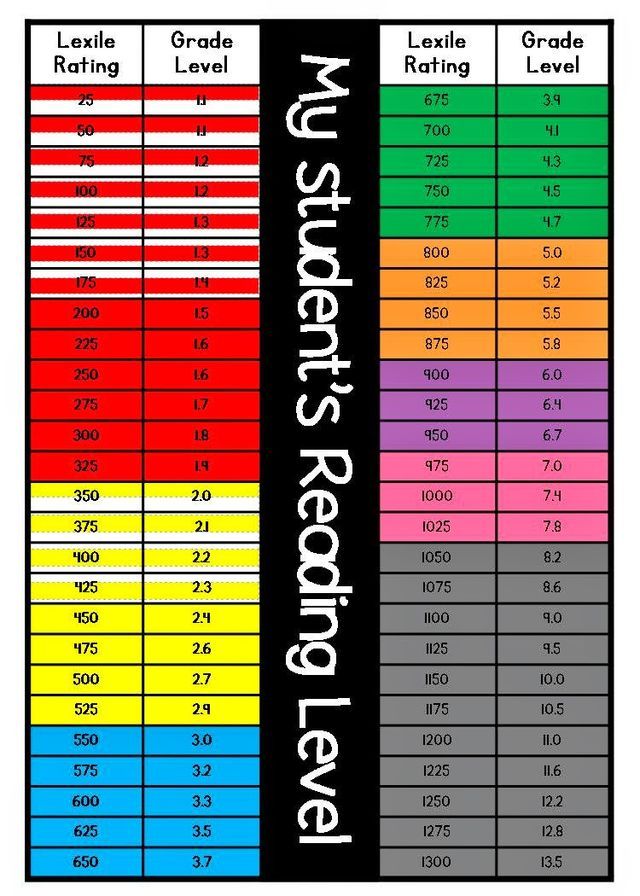 and the average Lexile for each profession. Students quickly get motivated by this real world data to do better in reading. Students then set goals for themselves and start pushing themselves to read more material.
and the average Lexile for each profession. Students quickly get motivated by this real world data to do better in reading. Students then set goals for themselves and start pushing themselves to read more material.
Lexiles really push the individualized education each student needs to succeed. Lexiles help differentiate instruction and provide scaffolded support for each student. With Lexiles and content to back up the student’s level, success is inevitable for the student.
What resources are available to help implement the Lexile framework in the classroom?
Virginia Department of Education Web site http://www.doe.virginia.gov/testing/scoring/lexile/index.shtml
The Lexile Framework for Reading: A Web Session for Educators
http://www.doe.virginia.gov/testing/scoring/lexile/educators/educator_session_skin.swf
Virginia Lexile Framework Map http://www.doe.virginia.gov/testing/scoring/lexile/resources/lexile_framework_map.pdf
Parents Guide to Lexile Framework for Reading http://www.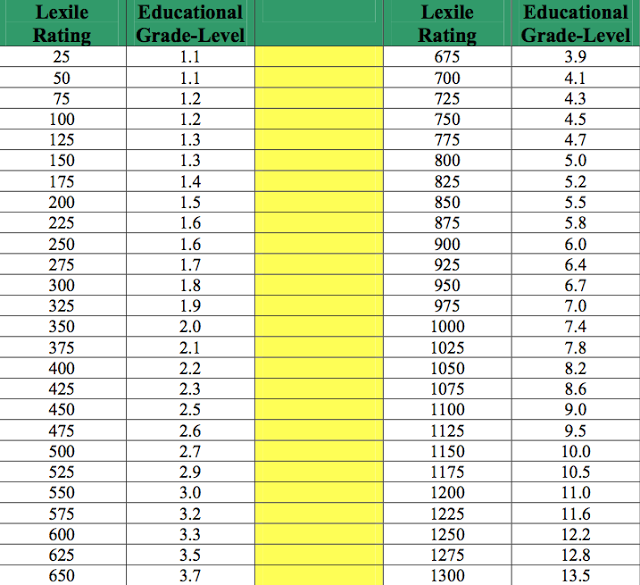 doe.virginia.gov/testing/scoring/lexile/at_home/parents_guide.pdf
doe.virginia.gov/testing/scoring/lexile/at_home/parents_guide.pdf
Lexile Find A Book, Lexile Analyzer, and Lexile Calculator
www.Lexile.com
Lexile Framework Frequently Asked Questions
http://www.lexile.com/faq/
References
Daggett, W.R. (2003). Achieving reading proficiency for all. Rexford, NY: International Center for Leadership in Education.
Georgia Department of Education. (2012). Lexile framework for reading. Retrieved December 18, 2012, from http://public.doe.k12.ga.us/Curriculum-Instruction-and-Assessment/Assessment/Pages/Lexile-Framework.aspx
The Lexile Framework for Reading. (2012). Frequently asked questions. Retrieved December 18, 2012, from http://www.lexile.com/faq/.
Virginia Department of Education. (2012). Lexile framework for reading: Information for educators. Retrieved December 18, 2012, from http://www.doe.virginia.gov/testing/scoring/lexile/educators/index.shtml.
Williamson, G.L. (2004). Student readiness for postsecondary options.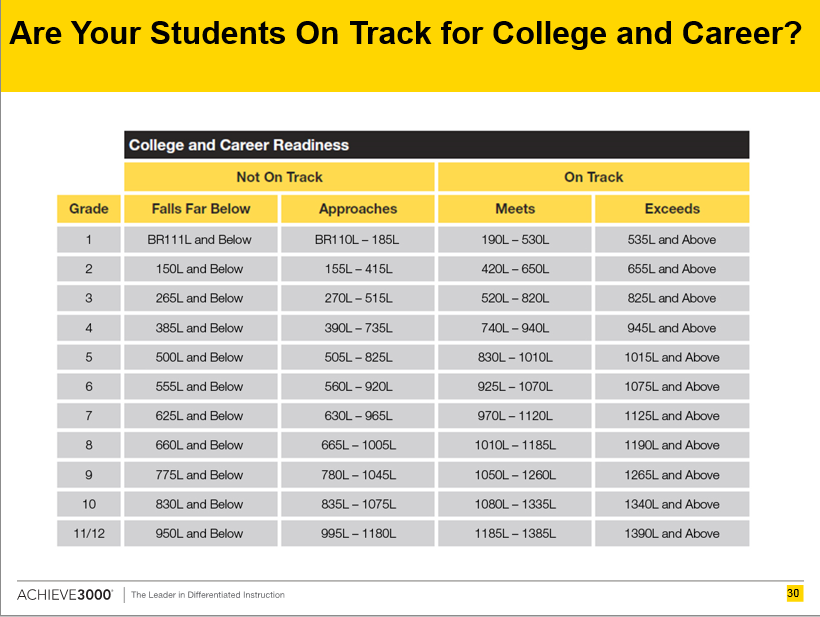 Durham, NC: MetaMetrics.
Durham, NC: MetaMetrics.
Williamson, G.L. (2008). A text readability continuum for postsecondary readiness. Journal of Advanced Academics, 19 (4), 602-632.
Read the book “Mastering emotional-evaluative vocabulary by older preschoolers” online in full 📖 — V. I. Yashina — MyBook.
Reviewers:
Ushakova O.S. sciences, professor; Makarova V.N.0005
Vocabulary work occupies one of the leading places in the system of speech development of preschool children. The word provides the content of communication. The extra-situational - personal type of communication that develops in the senior preschool age is characterized by a special content, motives and tasks that can be solved by various means. A significant place among them is occupied by emotional and evaluative vocabulary, denoting emotions and feelings, moral qualities, and inner feelings of a person.
The development of emotional-evaluative vocabulary is considered as an important condition for the emotional development and moral education of children.
At preschool age, emotions and feelings develop intensively (L. I. Bozhovich, L. S. Vygotsky, A. V. Zaporozhets, A. N. Leontiev, Ya. Z. Neverovich, etc.), the child’s ideas about oneself and a friend (T. A. Alekseykova, E. A. Panko, T. A. Repina, E. O. Smirnova, etc.). Speech forms feelings, contributes to the development of the child's self-awareness. Verbal designations of emotions are necessary for understanding one’s own emotional experiences, managing one’s own emotions (L. S. Vygotsky, A. V. Zaporozhets, A. N. Leontiev, A. N. Luk, A. R. Luria, S. L. Rubinshtein , Ya. Reikovsky, P. M. Yakobson and others).
Psychologists believe that the transfer of a concrete-sensory understanding of emotional states to the level of comprehension is possible only if they are accurately and completely verbalized. For diagnosing and correcting the emotional development of children, along with other parameters of emotional characteristics, the level of transmission of the emotional state (one's own and others') in the speech plan, the terminological equipment of speech are important.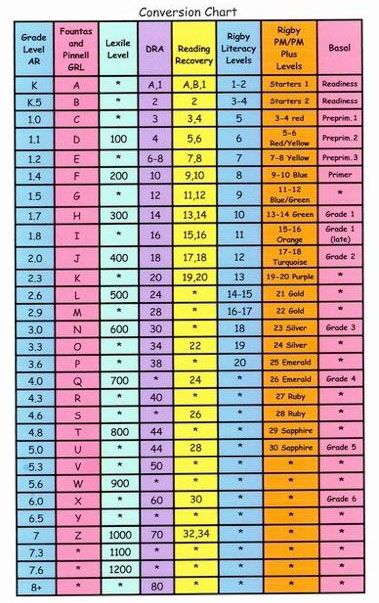
The emotional richness of speech largely determines the effectiveness of people's interaction in the process of communication, the nature of the perception of a person by a person (AA Bodalev). The poverty of a vocabulary related to the emotional sphere makes it difficult for a child to understand the emotional state of other people, leads to a violation of relationships with others (T. Peak, V. Egli).
Researchers of children's speech (A. N. Gvozdev, V. K. Kharchenko, M. A. Yashchenko), neuropsychologists (V. D. Eremeeva, T. P. Khrizman), psychologists (I. Breserthon, M. I. Lisina and others) note the early occurrence of words of emotional evaluation in the speech of children.
In preschool childhood, the child's attitude to the moral values of society, to the people around him is formed. Researchers note that the moral development of children is carried out, firstly, in the form of assimilation of the norms that regulate people's relations and, secondly, in the ways of implementing these norms.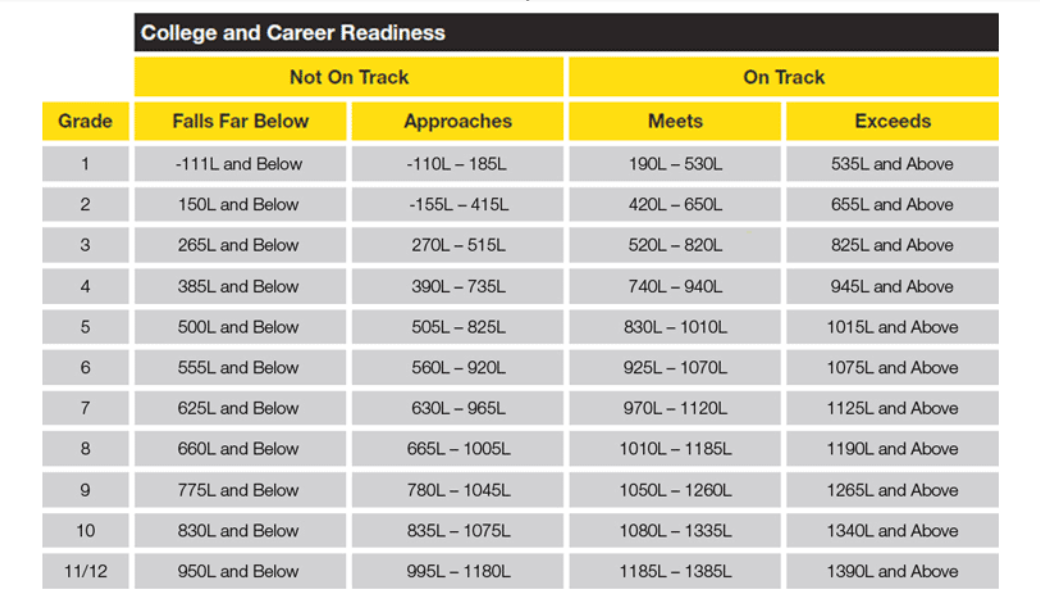 Both are connected with the mastery of the word and its meaning.
Both are connected with the mastery of the word and its meaning.
Emotional and evaluative vocabulary has a huge educational potential, helping to develop moral guidelines. Knowledge about the norms and rules of morality, verbalized in the word, is considered as one of the criteria for assessing the level of moral development of an individual (V. G. Shchur, S. G. Yakobson).
The pedagogical aspect of the formation of an emotional-evaluative dictionary was studied in studies reflecting the development of written and oral speech in elementary (M.I. Omorokova, M.A. Portnyagina, V.K. Yagodovskaya), middle and high school students (M. T. Baranov, V. E. Mamushin, O. P. Mistratova, Yu. P. Plotnikova, I. I. Prosvirkina, L. P. Fedorenko). They developed some techniques, principles, conditions for the effective formation of this lexical group.
The need to study the pedagogical conditions for the development of emotional-evaluative vocabulary in preschoolers as a research problem was posed in the early 80s of the last century in the works of M.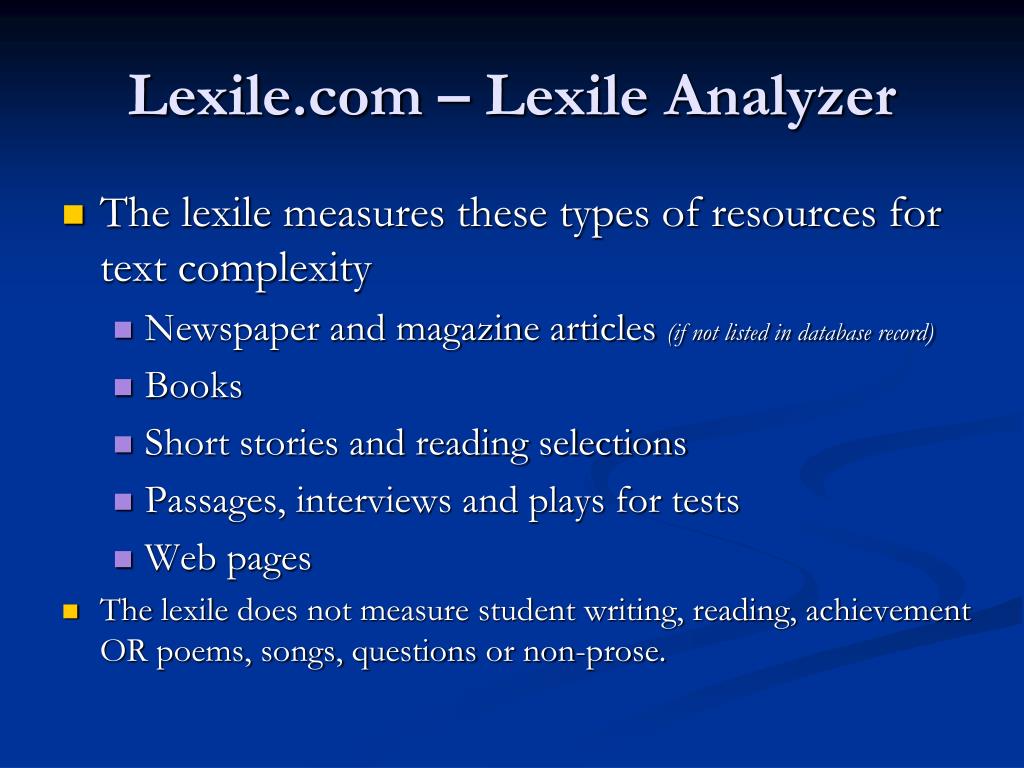 M. Alekseeva and V. I. Yashina. They show some features of the emotional-evaluative vocabulary of older preschoolers, the relationship of its assimilation in unity with the moral development of the child, the intensive accumulation of experience in the moral behavior of children, and the improvement of their social contacts with others.
M. Alekseeva and V. I. Yashina. They show some features of the emotional-evaluative vocabulary of older preschoolers, the relationship of its assimilation in unity with the moral development of the child, the intensive accumulation of experience in the moral behavior of children, and the improvement of their social contacts with others.
Emotional-evaluative vocabulary is found in the vocabulary of a number of studies devoted to the study of methods for enriching the vocabulary of preschool children. In works on the development of the vocabulary of preschoolers in different age groups, the main attention was paid to everyday and natural history vocabulary (G. N. Bavykina, V. V. Gerbova, A. P. Ivanenko, N. P. Ivanova, L. A. Kolunova, A. I. Lavrent’eva, V. I. Loginova, Yu. ). At the same time, they reveal some methods and techniques for the formation of the emotional-evaluative vocabulary of preschoolers. The frequency of words of emotional evaluation in fiction for children is analyzed (L.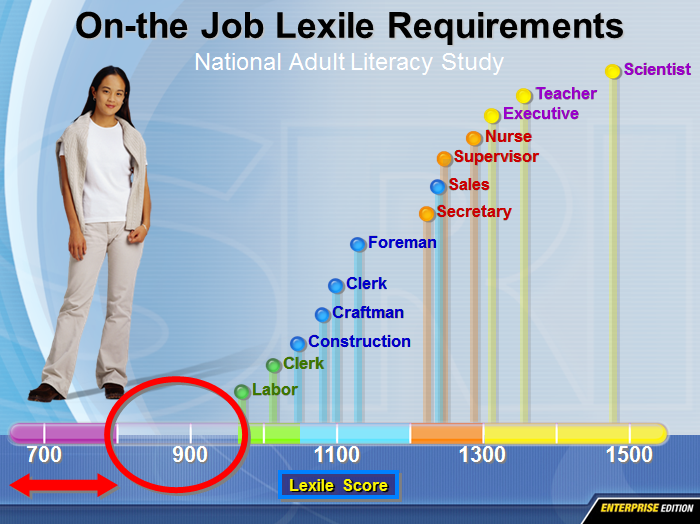 A. Kolunova, V. I. Yashina).
A. Kolunova, V. I. Yashina).
In a number of programs of preschool educational institutions (R. S. Bure, L. P. Knyazeva, S. V. Kryukova, R. R. Kalinina, V. M. Minaeva, N. P. Slobodyanik, L. P. Strelkova , M. M. Chistyakova, etc.), whose main tasks are the development of the emotional sphere, moral education, adaptation of children to new living conditions, the formation of skills to establish contacts with adults and peers, control their emotions, speech, vocabulary, denoting emotions and feelings, relationships between people, is used as a means of shaping the moral qualities of the individual.
The issues of enriching children's speech with words expressing feelings, emotions and relationships require further development, since the available methodological recommendations are fragmentary, methods and techniques aimed at developing skills to adequately use emotional-evaluative vocabulary in the practice of verbal communication with adults and peers.
The need to enrich the speech of preschool children with emotional and evaluative vocabulary is also confirmed by the results of a survey of educators and students - future teachers of preschool education, which emphasize its importance for the emotional development and moral education of the child.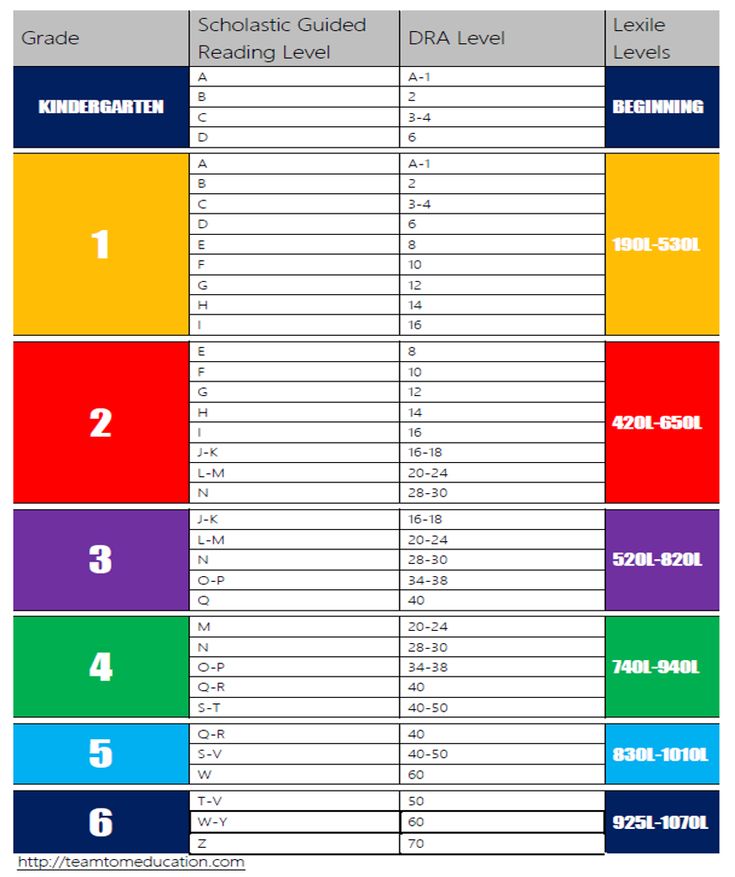 At the same time, the analysis of the speech of preschoolers and surrounding adult native speakers shows the poverty of their emotional and evaluative vocabulary, the predominance of general evaluative vocabulary in it.
At the same time, the analysis of the speech of preschoolers and surrounding adult native speakers shows the poverty of their emotional and evaluative vocabulary, the predominance of general evaluative vocabulary in it.
Thus, the contradiction between the psychological prerequisites that make it possible for older preschoolers to learn emotional and evaluative vocabulary, the recognition of the need for its formation for the emotional and moral development of children, on the one hand, and the insufficient development of the methodological aspect of this issue, on the other, becomes obvious.
This circumstance actualizes the study of potential possibilities and criteria for assessing the level of mastery of emotional-evaluative vocabulary by older preschoolers; the logic of the formation of this vocabulary among preschoolers, taking into account the structure of the meaning of the word; search for pedagogical conditions for enriching children's speech with words, the meaning of which reflects emotions and assessments; creation of teaching materials, the use of which increases the efficiency of enriching children's speech with emotional and evaluative vocabulary.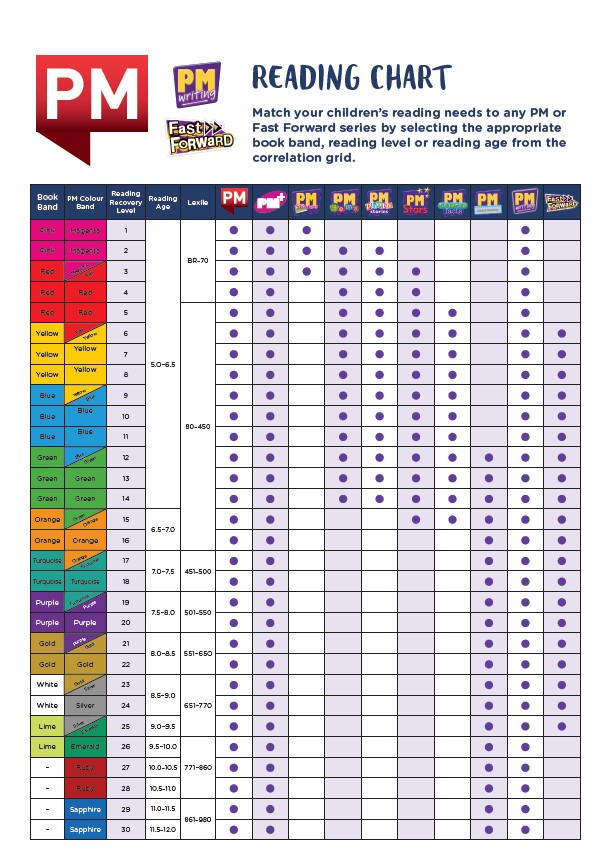
Connection of assessment with other categories of language
Bibliographic description:
Pogorelova, SD Connection of assessment with other categories of language / SD Pogorelova, AS Yakovleva. - Text: direct // Modern philology: materials of the II Intern. scientific conf. (Ufa, January 2013). - T. 0. - Ufa: Summer, 2013. - S. 86-89. — URL: https://moluch.ru/conf/phil/archive/78/3312/ (date of access: 12/11/2022).
Estimated the component is far from always easily isolated from the value structure units of language and speech, since it can be superimposed other linguistic phenomena. First of all, one should name such categories like emotionality , expressiveness and modality . Proximity, and sometimes interpenetration of elements of these categories are ontologically conditioned, because most often the assessments accompanied by emotions, and emphasizing the meaning is based on a special heightened emotional state of the speaker and in order to to convey his attitude to the object, the addresser uses various expressive means of the language. Mentioned phenomena are combined in functional and pragmatic terms: they reflect subjective attitude of the speaker, and also perform the function impact (the impact on the addressee is all sorts of verbal and non-verbal means). As a result, many language units are simultaneously carriers of evaluative meaning, and emotionality, and expressiveness, moreover in the conditions of a speech context, they acquire stylistic coloring.
Difficulty in the selection of an independent evaluation component leads to the difficulty of describing it and limiting it from others categories. This gives rise to the idea that the concepts corresponding to the phenomena under consideration converge in terms of use and interpretation. Associated with this as undesirable confusion of categorical concepts (in a number of works by E. M. Galkina-Fedoruk (1958), I. V. Arnold (1975), I. A. Sternina (1975) the concepts of emotionality and evaluation are confused; N. A. Lukyanova (1986) identifies expressiveness and "emotional evaluation"), as well as a special approach to more narrow terms (M. N. Kozhina (1983) considers estimated nominations are deliberately expressive), the desire to create own terminological names: "emotional-evaluative expressive" (N. A. Lukyanova), "positive and negative subjective expressiveness” (V. G. Gak).
Category, requiring mandatory mention in connection with the assessment - emotional category. Emotionality defined as a state that occurs in the process of making decisions about the assessment of perceived phenomena of reality and their connection, “reflected and fixed in the semantics of the word attitude, feeling of the speaker to the object of speech” [9; 64].
Some scientists (N. A. Lukyanova, V. I. Shakhovsky, A. O. Cherneiko, I. N. Khudyakov) combine emotional and evaluative components into one, (this approach also reflects the composition of the labels of most dictionaries that do not share emotional and evaluative elements, marking vocabulary in the same way of a different nature) and call them "emotional evaluation".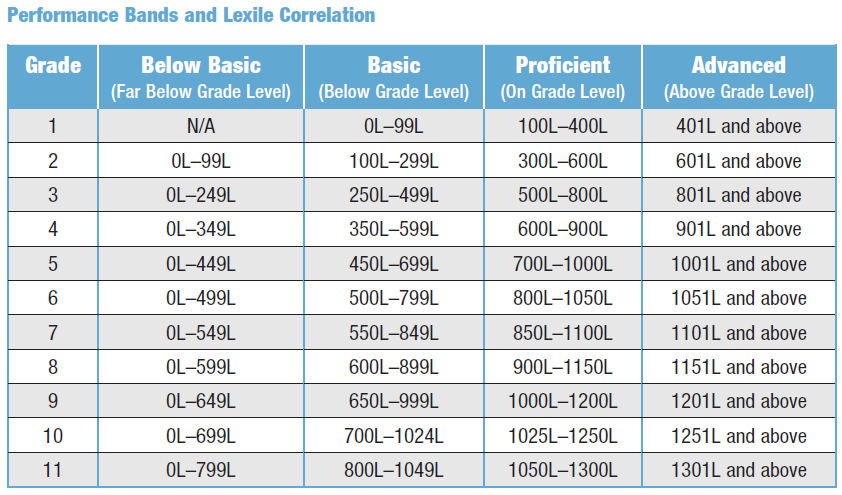 This relationship is understood by the followers of this interpretation as dependence of evaluation on emotions. "With direct in a communicative act, evaluation cannot but be accompanied by emotions" [eight; 81], believe the adherents of this theory.
This relationship is understood by the followers of this interpretation as dependence of evaluation on emotions. "With direct in a communicative act, evaluation cannot but be accompanied by emotions" [eight; 81], believe the adherents of this theory.
A. O. Cherneiko, pointing out the relationship between the evaluation category and the category emotionality, emphasizes that “the choice of the sign of the evaluative statements by the subject of evaluation is determined by acceptance or rejection personality, another object of evaluation” [10; 44]. Evaluation is like “absorbs” the corresponding emotion, and the parameters of emotion and evaluation are the same: “pleasant” - "good", "unpleasant" - "bad" [3; 45].
Category Evaluation and emotionality are very closely related to each other. Rational and intellectual-logical assessment without emotional overtones is a rare occurrence. Emotional evaluation, on the contrary, is very common, therefore the means of its expression are much richer and more varied.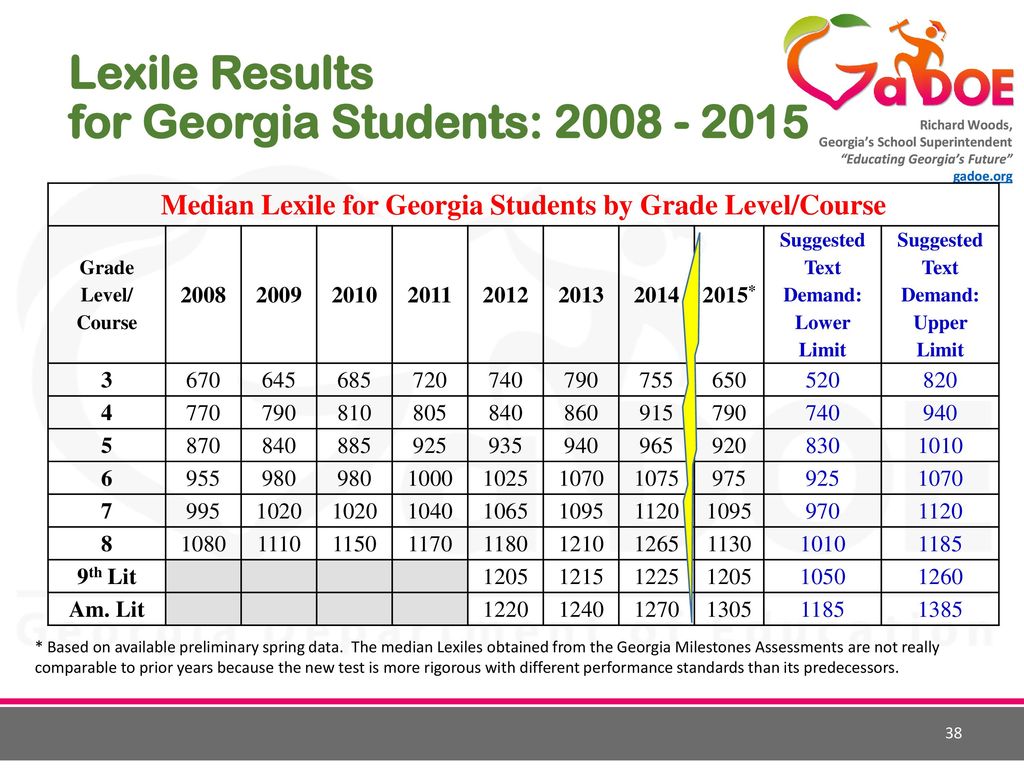 Human consciousness perceives reality in unity thoughts and feelings. “There are no 2 strictly limited friends in a language. from other systems: systems of logical and affective meanings. Them separation is just a necessary abstraction... It is no more artificial than that established in psychology. difference between rational and emotional acts of thought, which do not really exist” [1; 23]. Human experiences what it reflects thanks to the unity of the rational and emotional in his mind.
Human consciousness perceives reality in unity thoughts and feelings. “There are no 2 strictly limited friends in a language. from other systems: systems of logical and affective meanings. Them separation is just a necessary abstraction... It is no more artificial than that established in psychology. difference between rational and emotional acts of thought, which do not really exist” [1; 23]. Human experiences what it reflects thanks to the unity of the rational and emotional in his mind.
So way, on the interdependence of the categories of evaluation and emotionality indicate the following points:
-
positive assessment is associated with emotions of approval, admiration and the like, and negative - disapproval, indignation, etc.;
-
how As a rule, evaluation evokes emotions and often manifests itself through them;
-
grade may be purely rational, and emotion, as a rule, involves evaluation.
Representatives opposite point of view, they believe that the category of evaluation and the category of emotionality are components, although and presupposing each other, but different.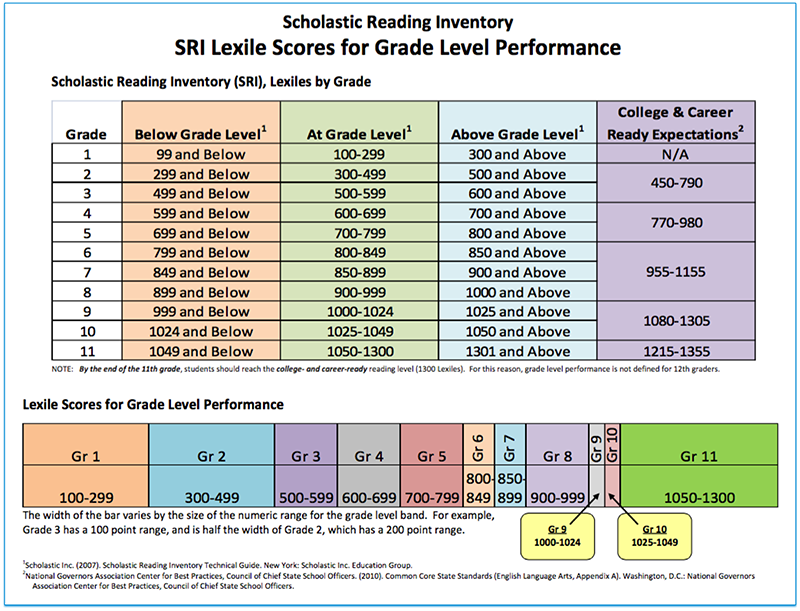
Difference emotional and evaluative component confirms the fact that that “for certain subclasses of emotional phenomena, the evaluation function characteristic is not to the same degree. Emotions can be expressed separately from the assessment (M. N. Kozhina, T. V. Markelova).
Important is the observation that the semantics of emotionality lies in the range of "approval - disapproval", and not "good - bad" as an assessment. Due with this value judgment is given the meaning "consider that called good or bad", and the emotional component cognitively it may make sense to "experience approval or disapproval of what is being said.
AT research, we accept the point of view of linguists who believe that evaluation category and emotionality category are categories, though presupposing each other, but different. If there are both elements in the semantics of the word, we, recognizing them relationship, we do not raise the question of the primacy of one of them. We We think that evaluations and emotions arise simultaneously, and not on basis of each other.
We We think that evaluations and emotions arise simultaneously, and not on basis of each other.
One of close to the category of evaluation is the category of expressiveness. Category expressivity studied in the works of N. A. Lukyanova (1986), V. N. Zoller (1996), V. I. Shakhovsky (1998), but remains one of the most "blurred" categories conceptually.
Expressiveness defined as "non-neutrality of speech, withdrawal, deautomatization, giving speech unusualness, and thereby expressiveness” [7; 36–37]. At the core expressiveness is semantic contrast, brightness, the unusualness of the lexical meaning of the word, compared with the neutral name.
V. N. Telia notes that “expressivity is a reflection in the content of linguistic essences of emotional, value the relationship of the subject of speech to the elements of external and internal the world of the person called in it at their designation [6; 203].
If a the category of emotionality is involuntary, unintentional, then expressiveness is a special predestination as a means of influence.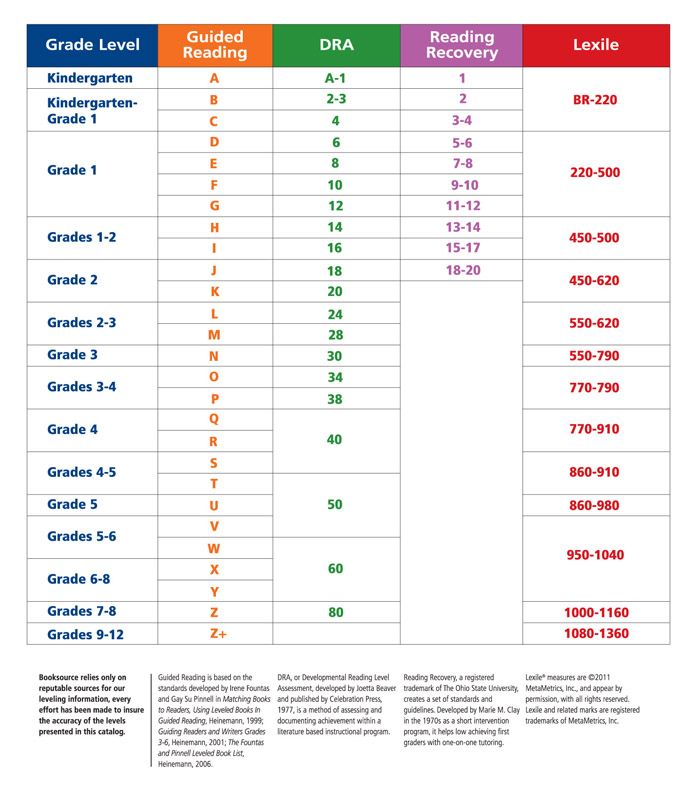
So Thus, expressiveness is a purposeful influence on listener in terms of the impressive power of the utterance, expressiveness.
it category oriented to the addressee, that is, having pragmatic meaning and therefore closely related with pragmatics speeches , with concept speech acts . In speech acts, the expressiveness of evaluative expressions is directed in order to increase the emotional impact on the interlocutor, increase the perlocutionary effect of the evaluative statement.
V. N. Zoller indicates that expressiveness as a “functional category − enhancement of expressiveness, figurativeness, magnification the influencing force of what was said, and as a linguistic, semantic category, i.e. as the internal content of a linguistic unit - transmission of special, specific content with the help of special, unusual means” [9; 62].
expressiveness and evaluation are two interrelated concepts and more often all coexist in one word, that is, if the subject evaluates this or that phenomenon, he chooses expressive means for this language.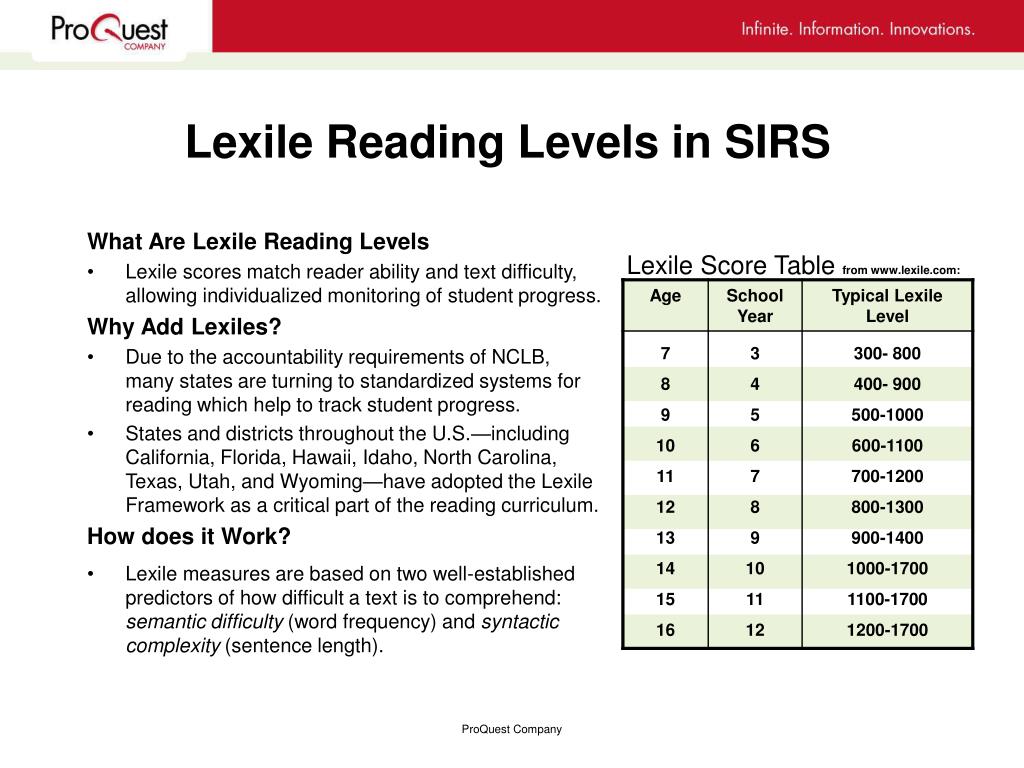
S. Bally once wrote that penetration into the meaning of words qualification activity of consciousness and expression in it emotive reactions of the subject of speech to what he denotes and creates “expressive coloring of speech facts” [1; 39one].
AT works of E. M. Galkina-Fedoruk, V. N. Teliya, the category of expressiveness is delimited from emotionality and evaluation, as a phenomenon of the plan "expressions" from the elements content. Expressiveness, expressing evaluative meaning, has its own way of introducing language entities into the content - explicit, formalized by means of suffixes of subjective assessment or stylistic marking of words (cf.: river - river − river ), or implicit, intra-word not formalized, but manifested in fastening words to certain syntactic positions or in their use with special means of updating ( He — real genius ) [6; 207–208].
So Thus, although expressiveness and evaluation are interdependent, but exist independently of each other.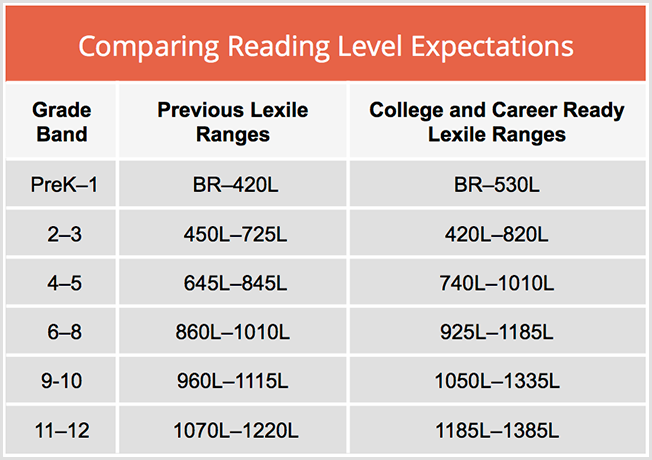 So, if the score and emotionality entering into a linguistic statement, enrich, supplement it informative volume, the expressiveness without changing the already existing inherent meaning, strengthens his (compare: good and lovely ). The evaluative statement contains information about the value significance for the speaker of some object, information about which and is the purpose of the statement. Whereas the main "calling" expressive-colored message is to express the speaker's idea of the "subject" and to a greater extent degree of influence on the recipient.
So, if the score and emotionality entering into a linguistic statement, enrich, supplement it informative volume, the expressiveness without changing the already existing inherent meaning, strengthens his (compare: good and lovely ). The evaluative statement contains information about the value significance for the speaker of some object, information about which and is the purpose of the statement. Whereas the main "calling" expressive-colored message is to express the speaker's idea of the "subject" and to a greater extent degree of influence on the recipient.
Question on the relationship between the category of evaluation and the category of modality in linguistics received almost exhaustive coverage (works of outstanding scientists A. A. Potebnya (1958), V. V. Vinogradova (1980), V. G. Gaka, G. A. Zolotova (1982), (1987) and others), although it is decided ambiguously.
Term « modality » in linguistics it is polysemantic: different phenomena are called by it, united by the sign that they are all one way or another - grammatically, lexically, intonation - express relation of speaker to reported or reported to reality.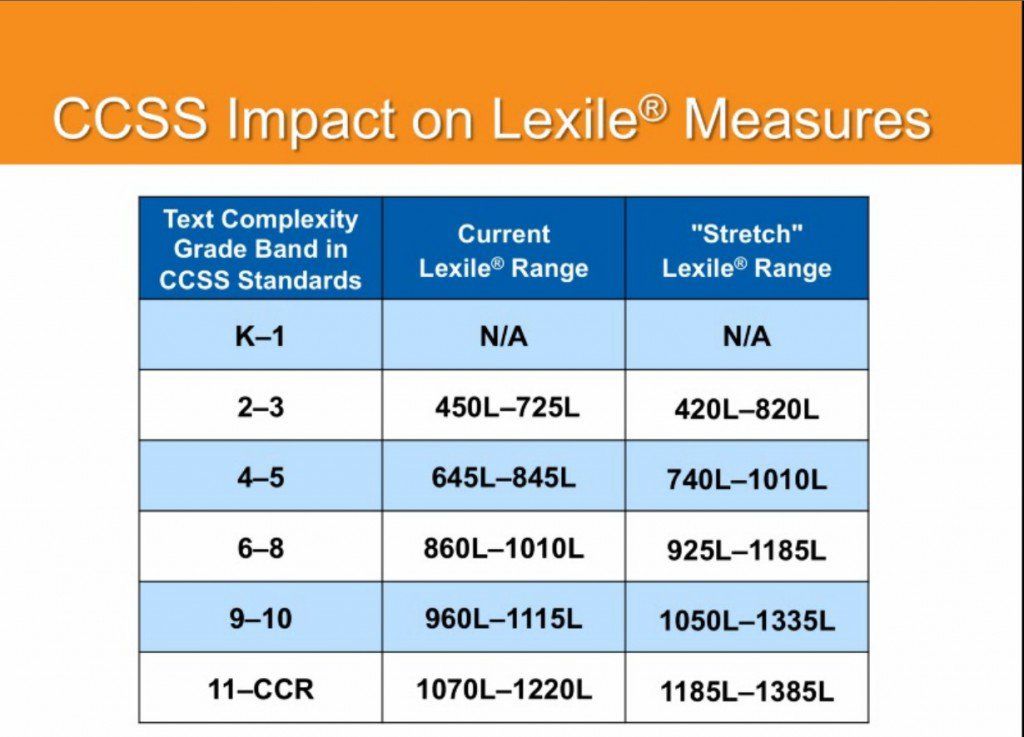
On the Today it remains a controversial question whether the category is self-assessment or is a component of the category modalities. Some linguists are of the opinion on the delimitation of these concepts (T. V. Markelova, A. V. Makhova), while others consider one of the types subjective modality (N. D. Arutyunova, E. M. Wolf) or the essence of subjective modality (V. N. Telia, N. Yu. Shvedova).
Adherents the second point of view believe that if we summarize the essence subjective modality and evaluation, then what they have in common is an indication of the relationship of the speaker to the reported. In this way, the content of the assessment category and modality are the same.
So, M. V. Lyapon concludes: “The semantic basis subjective modality forms the concept of evaluation in a wide sense of the word…” [11; 303].
In more early works of E. M. Wolf proper estimate (good / bad) was considered as one of the varieties qualifications, where "there is a subjective object, that is the subject of evaluation and correlation with some system of values” [2; 40].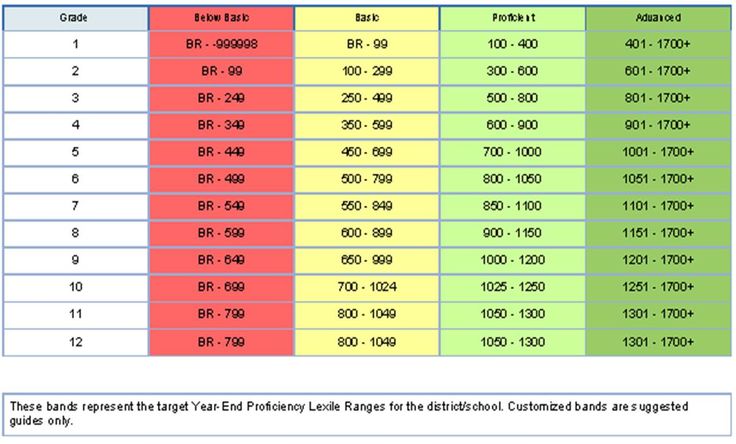 In addition, E. M. Wolf defines assessment as a qualification, in the broad sense of the word, which is associated with “the subject’s perception of the relation given object or event to the normative “position things” or to the norm existing in this society”, and evaluation, in the proper sense of the word, associated with the opposition “good/bad” [2; 392]. At This qualification should always be descriptive oriented. signs, and the assessment can be "pure", as it were standing above descriptive characteristics.
In addition, E. M. Wolf defines assessment as a qualification, in the broad sense of the word, which is associated with “the subject’s perception of the relation given object or event to the normative “position things” or to the norm existing in this society”, and evaluation, in the proper sense of the word, associated with the opposition “good/bad” [2; 392]. At This qualification should always be descriptive oriented. signs, and the assessment can be "pure", as it were standing above descriptive characteristics.
In their later works of E. M. Wolf changes his views and defends the view that evaluation is a kind of modalities. It singles out a whole class of subjective modalities, which structure includes “the idea of a stereotyped picture of the world and/or normative correlations of its elements” [2; 179]. Examples of such modalities are the evaluation modality good/bad, modalities of "weirdness", "surprise", "surprises". All of them are brought together by a common structure modal frame, which includes a number of elements: the subject evaluation, its object, the evaluation predicate that unites them, and also other components.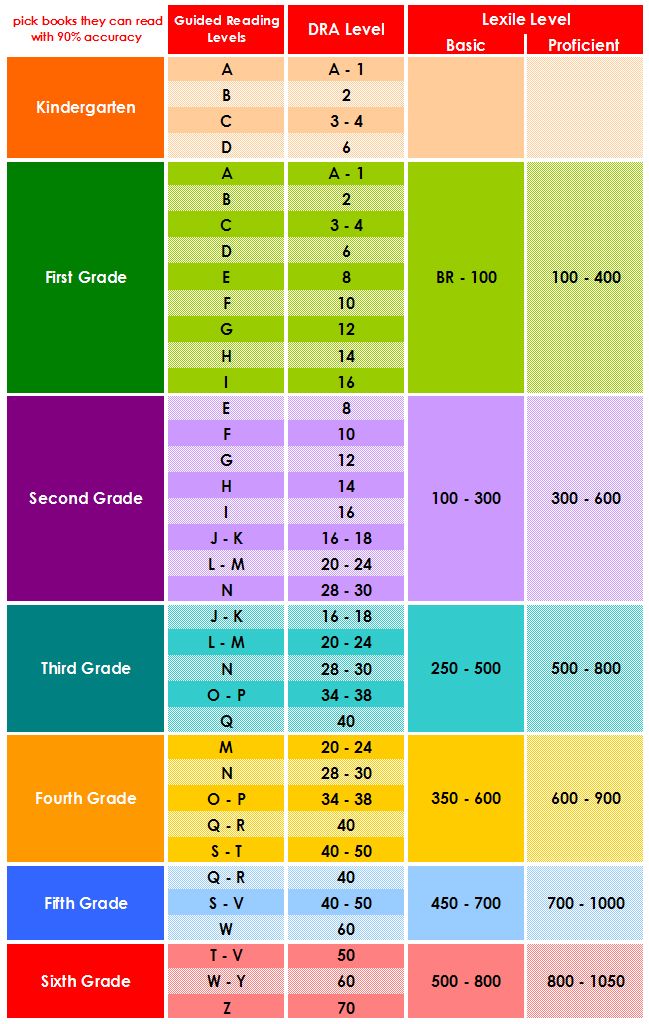 Among these and other aspects, leading is a fragment of the picture of the world, that is, the system of values of the subject, including as a system of values of the society to which the subject belongs, and associated individual value system the subject itself [2; 125].
Among these and other aspects, leading is a fragment of the picture of the world, that is, the system of values of the subject, including as a system of values of the society to which the subject belongs, and associated individual value system the subject itself [2; 125].
However Linguists who adhere to the first point of view point out that the ratio itself is not yet an assessment (for example: i admire nature ; him like picture ), but only a relation which, as a mandatory component implies a selective position of the speaker to things, and critical analysis, qualifying characteristics, even if this position is inaccurate, subjective.
Most the precise definition/distinction of these categories is presented in the work of T. V. Markelova, who, trying distinguish between the category of assessment and subjective modality, indicates that modality is primarily expressed at the level the entire utterance (sentence).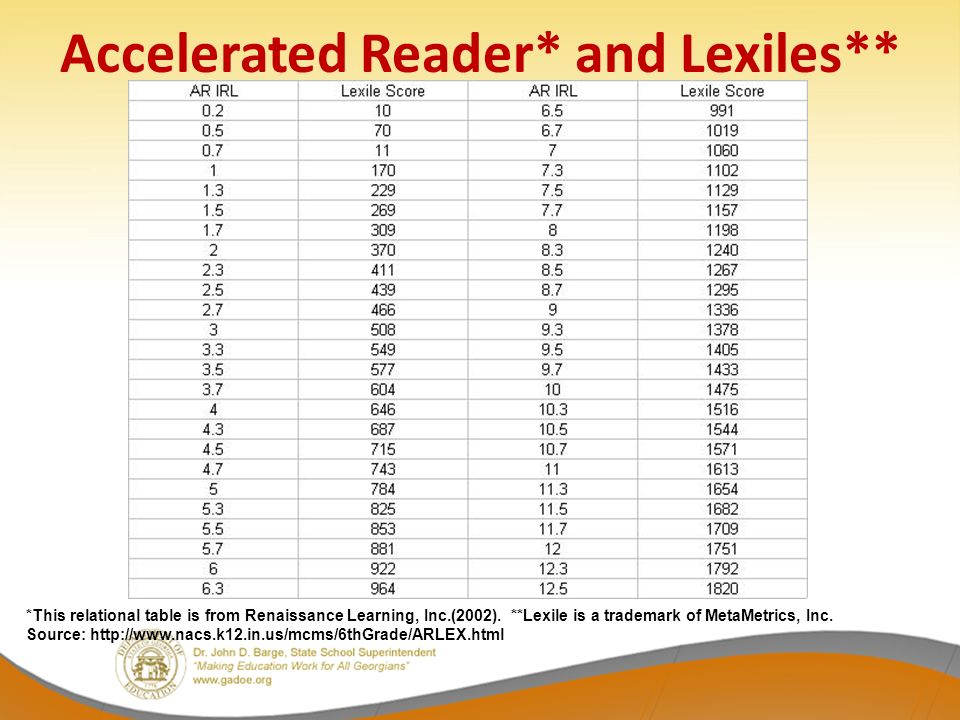 Assessment, in turn, is widely manifests itself in the lexicon.
Assessment, in turn, is widely manifests itself in the lexicon.
Except Moreover, “subjective modality is a relation speaker to the subject of speech, and the assessment - value attitude associated not only with the personal-pragmatic interpretation of the signified, but also with the definition of its place in scale of values reflecting the ratio known to each speaker linguistic and extralinguistic knowledge about what is good, what is bad” [4; 61].
Considering such opinions, we, following T. V. Markelova, We consider assessment and modality, although interrelated, but inconsistent events. In the structure of their meaning, of course, common components (subjectivity, objectivity, relation), but even in terms of their systemic organization, the studied phenomena are different. In our opinion, only such an assessment should be considered opinion about the subject, which expresses the characteristics of the latter through its correlation with the category of value.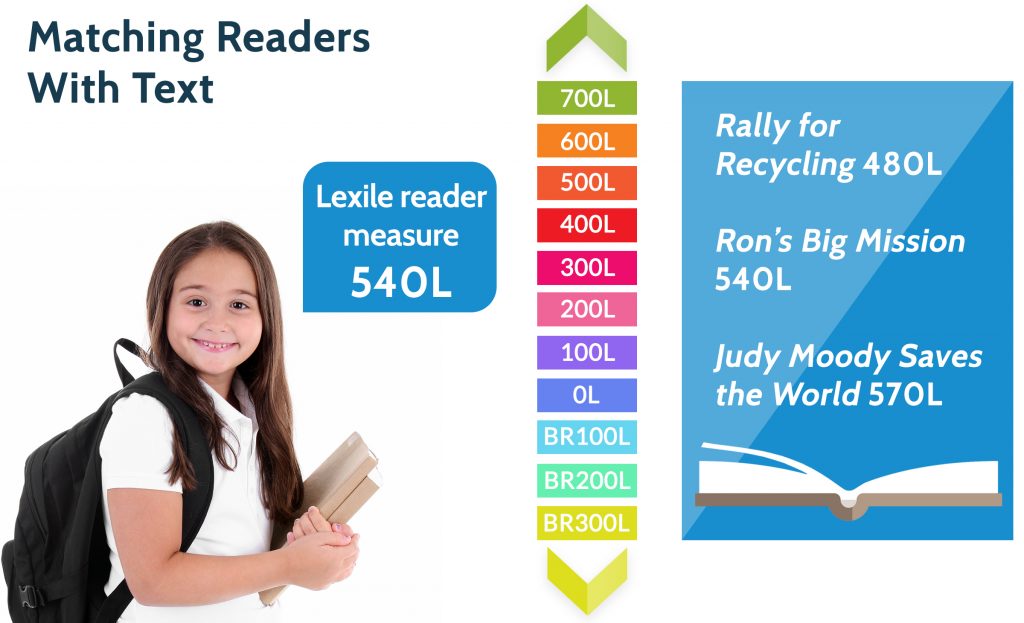 evaluation in such case can be defined as positive or negative characteristics of the object associated with recognition / non-recognition its value. So, the object of evaluation is a value if its properties will be found positive, necessary, useful, meeting certain requirements, which are at the proper level development, etc.
evaluation in such case can be defined as positive or negative characteristics of the object associated with recognition / non-recognition its value. So, the object of evaluation is a value if its properties will be found positive, necessary, useful, meeting certain requirements, which are at the proper level development, etc.
Summarizing all that has been said, once again we note that the estimate does have points intersections with the categories of emotionality, expressiveness and modalities. But the fact that these phenomena themselves are separated, in our opinion, leads to the following conclusion: the estimate cannot be recognized as specific part simultaneously several different linguistic phenomena, respectively should be recognized as an independent category, in some way intersecting, interacting with others.
Literature:
-
Balli Sh. French style. — M.: URSS, 2003. — 394s.
-
Volf E. M. Estimated meaning and ratio of signs "good/bad" // Questions of linguistics.
 - 1986. - No. 5. - pp. 98−108.
- 1986. - No. 5. - pp. 98−108. -
Lukyanova N. A. Expressive colloquial vocabulary: Problems of semantics. — Novosibirsk: Nauka, 1986. - 227p.
-
Markelova T. V. Functional-semantic evaluation field in Russian // Bulletin of the Moscow University. Ser. 9. — 1994. - No. 4. - P. 112.
-
Sternin I. A. Problems analysis of the structure of the meaning of the word. - Voronezh: 1979. - 156s.
-
Telia V.N. Types language meanings. - M .: Nauka, 1981. - 269 p.
-
Telia V. N. Mechanisms expressive coloring of language units // Human factor in language: Language mechanisms of expressiveness. — M.: Higher School, 1991. - S. 36−67.
-
Khudyakov I. N. About emotional-evaluative vocabulary // NDVSH. Philological Sciences. — 1980. - 145s.
-
Zoller V. N. Expressive vocabulary: semantics and pragmatics // Philological sciences. — 1996. - No. 6. - P. 64.
-
Cherneiko A.

Learn more

